Hello to all!
Here’s a relatively recent email – one that covers a topic many beginner guitarists bring up:
I first noticed it on the sheet music “I Feel Fine” by the Beatles. it starts off with a open  A  on the fifth string, then it shows a D and I’m thinking open fourth string.
WRONG! It is actually the sixth string 10th fret. Now if it did not have the Tabs under the notes I would have never figured that out. I have been all over the Internet trying to see how you would know this. If you had never heard the song before but had to play it from the sheet music how would you know what fret to play the note. I mean a ” D ” note could be open on the fifth string  or the 10th fret on the sixth string, but it’s the same notation.Â
Sorry if I sound ignorant but I can not figure this one out.
Hi
Thanks for writing and right off the bat, please do not apologize for asking about it. This is a common question many beginners (and quite a few intermediates as well!) ask and it’s an important one to address in such a manner that your questions are hopefully answered in full. At least, we’re going to try!
First things first: the guitar, unlike many instruments, gives you multiple choices when it comes to where to play most notes. For example, if you look at the first D note in the notation of the sheet music, in the space immediately below the lowest line in the staff, there’s only one key on a piano that corresponds to that note.
But the guitarist can play it at three different points (assuming the guitar is in standard tuning):Â
the open D string
the fifth fret of the A stringÂ
the tenth fret of the low E (sixth) string
If you were to choose to play it at the tenth fret, and you also tried to make the first riff “guitar friendly” – meaning that you tried to keep all the notes within a reasonable span of frets for easy fingering, then you’d play it like this:
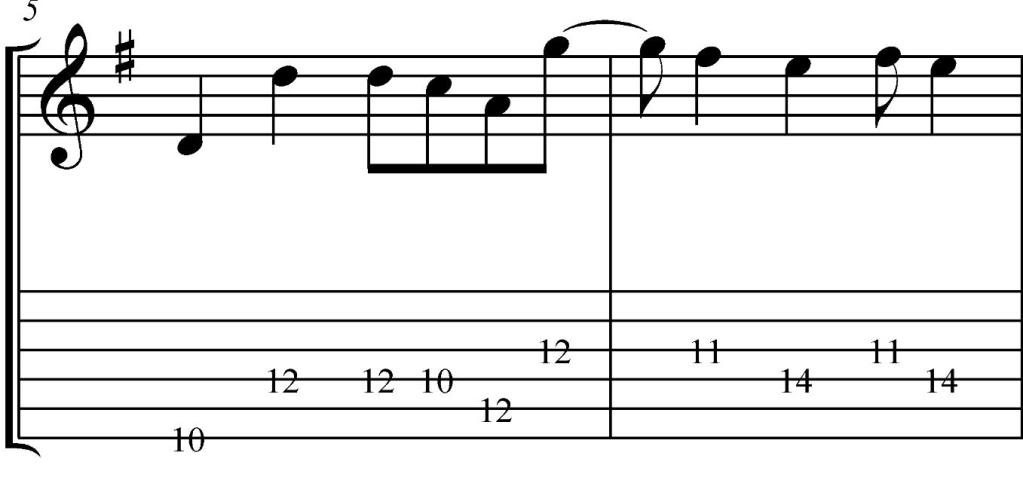
If you use the fifth fret of the A string as your starting point, and again assuming you’re trying to keep everything within a reasonable reach of your fingers, you could play it in this fashion:
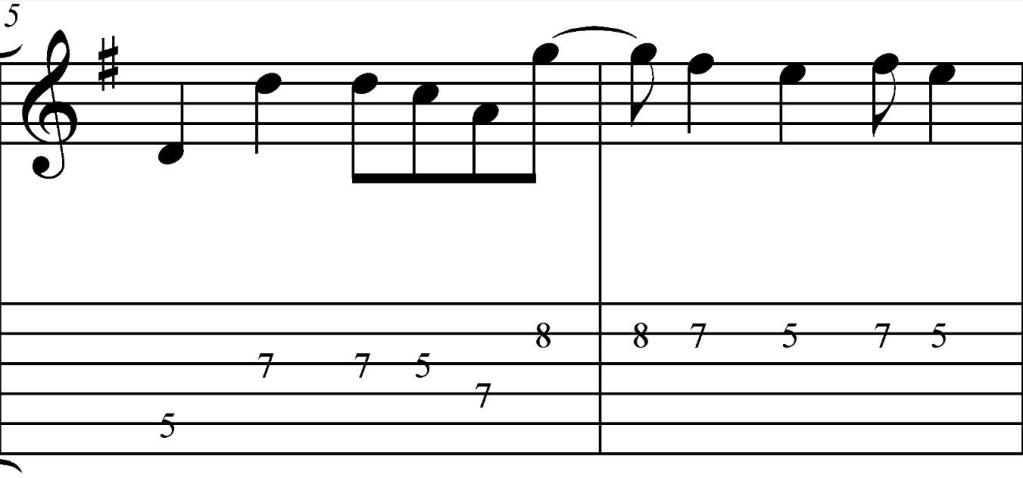
Finally, if you decided to use the open D string for a starting point and you didn’t have any qualms about using other open strings, you would probably play it like this:
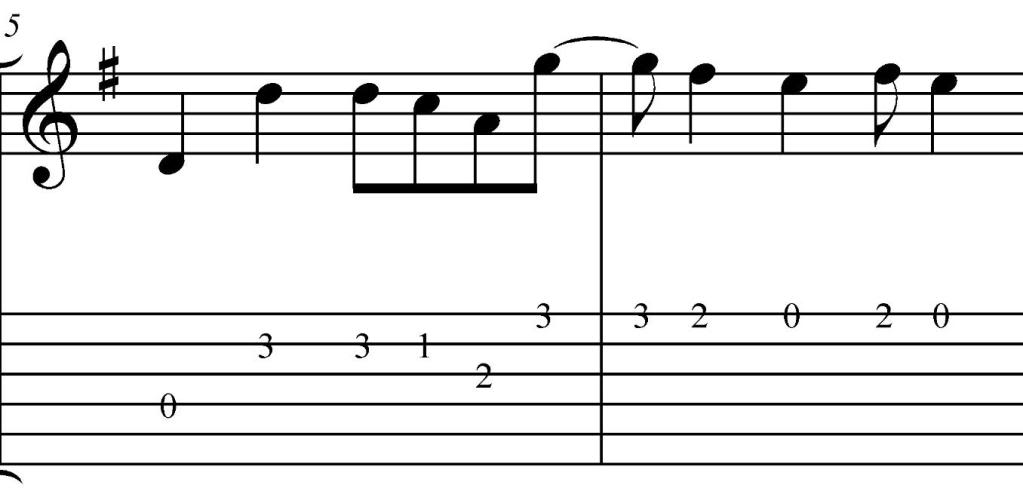
Okay, so which one of these three options is “right?” At the risk of making you more confused, they all are. Seriously. If you were to play any one of these three versions, your audience would immediately recognize the song, provided they knew the song in the first place and that you played the notes correctly in terms of timing and accuracy. Some people will argue that the “right” way is the way that it was played on the original recording. Others will argue that playing on the lowest three strings will give you a different tonal quality than using the open strings. Both arguments have their merit, but the bottom line is that the majority of your audience would not notice as long as you played the notes correctly and in the correct timing.
So why pick one way over another? Part of it is convenience. The first two interpretations of the notes are “closed position patterns,” and that means two things: First, you’re not using any open strings. Second, if you’ve learned the pattern, you can play it almost anywhere on the neck. So if you learn the first one, which is played over a D chord by the way, then to play it again over the C chord, you’d need to shift down two frets (one whole step) on the neck in order to start at C, like this:
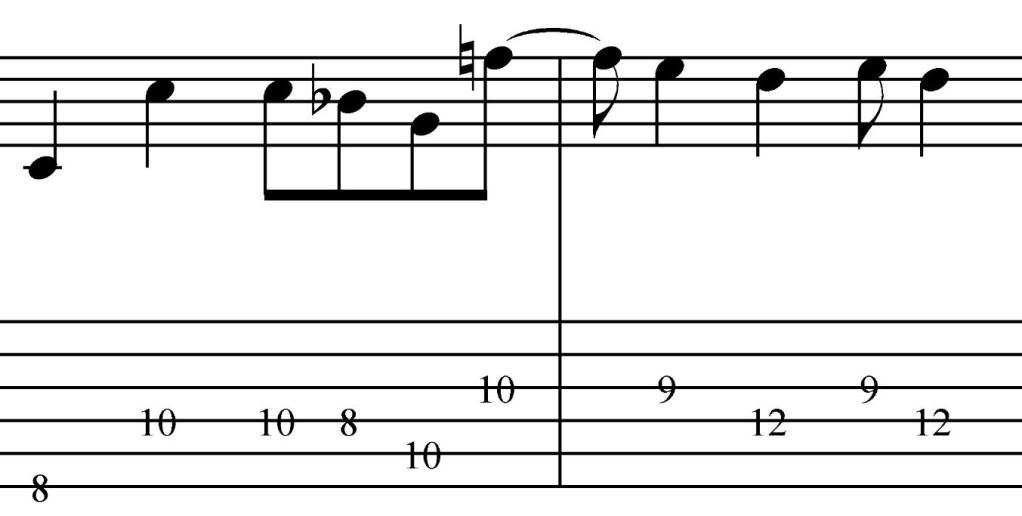
And then you’d shift down to the third fret in order to start the riff for the G chord:
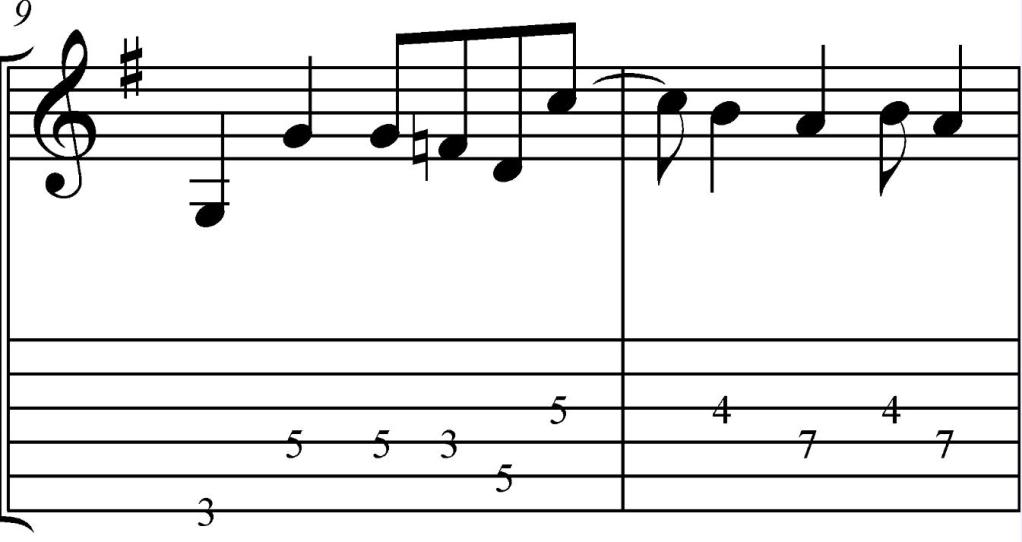
Playing the second version, where the D note is at the fifth fret of the A string, you can only play the C riff on the same strings like this:
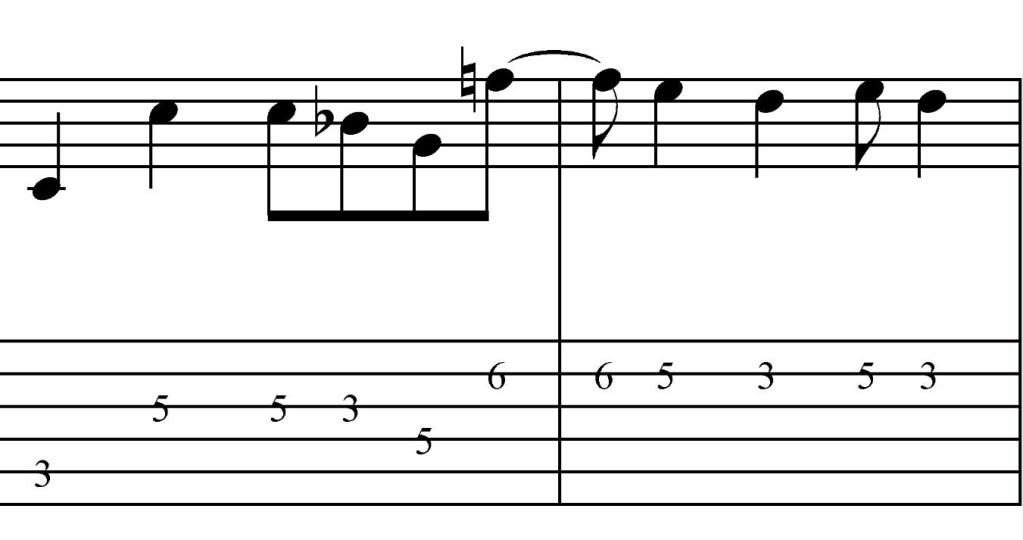
For the G, you’d have to then change strings and use the closed G pattern that starts at the third fret of the low E (sixth) string. For some people, the first option – using the same exact pattern (and on the same strings) for each of the three riffs – would be the easiest way to go. But that is totally up the guitarist.
 Another thing to consider is when and how you’re playing. Many guitarists play single guitar arrangements of songs where they themselves are the lead and rhythm. So for them, especially if they’re using open position chords throughout this song, they may find it easiest to use open position versions of the riffs. You can play the C riff here:
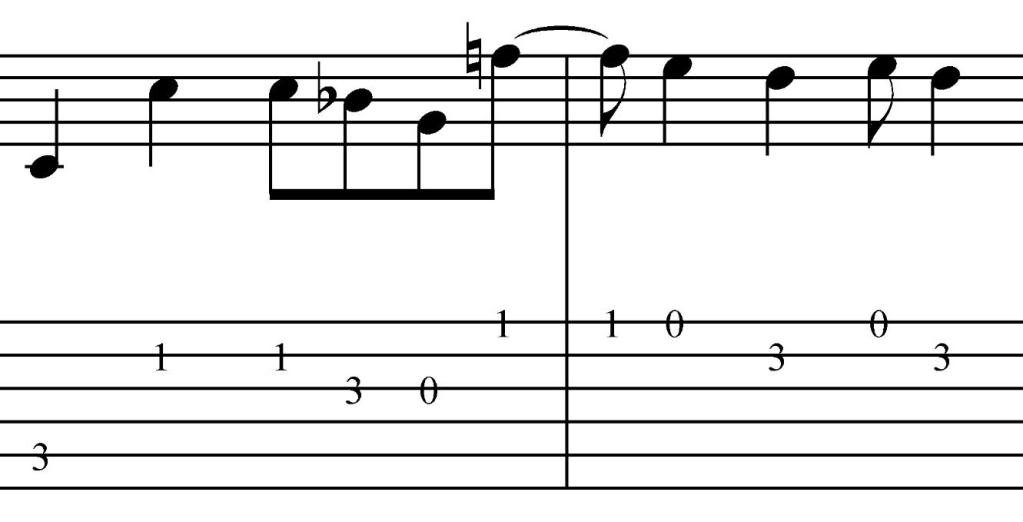
And the G riff also works well in open position:
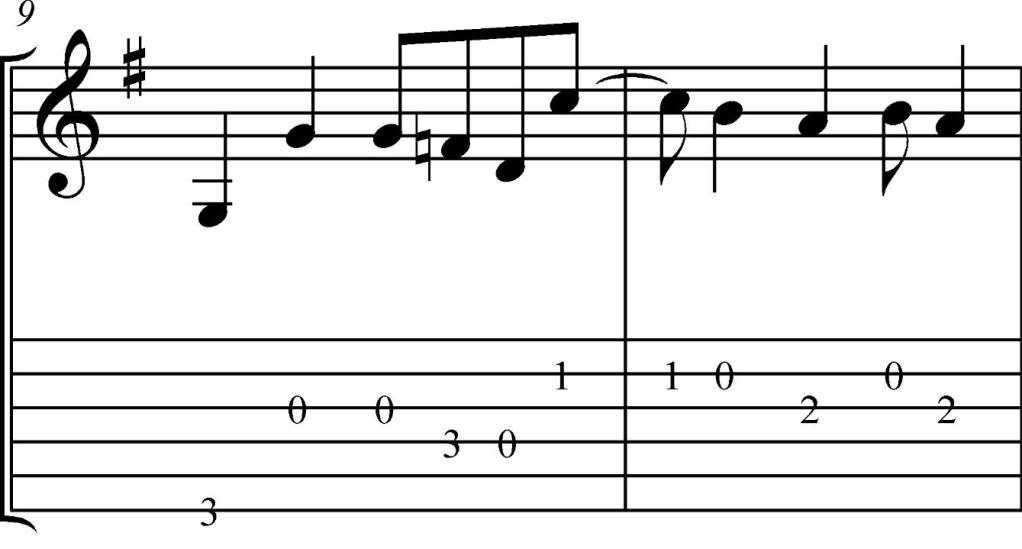
Again, if you want to debate which one of any of these is “right,” please be my guest. Ultimately it is a matter of ability, comfort and personal taste. Most listeners will not be able to distinquish one from the other, particularly during a live performance when their ears have fractions of seconds to take it all in.
Now, as to the question “how do you know” which one to use, that comes down to knowing where the notes are on your guitar. If this were a piece of classical music, the selection of which string to start on is usually indicated by either a position marking (usually “C, indicating the use of a barre chord, and a Roman numeral to indicate the fret) or by a circle with a number indicating which string to use (in the first example there would be a circle with the number “6” in it by the D note) positioned at the first note of the riff to give you an idea as where to start.
If you’re going off of only notation, as you might with piano music, then you’re on your own. And part of figuring all this out is how one learns. Remember that tablatures are written as much by the interpreters as they are by the music. If the person writing out the tablature has huge hands and can stretch across many frets with ease, his tablature may reflect that – giving you notes that might be a stretch for you. But if you can read what the notes are and know the other places on the fretboard to find them, you may come up with a way to finger a riff that works easier for you personally.
I hope that this helps. Please feel free to write again if you’ve more questions on this.
Peace